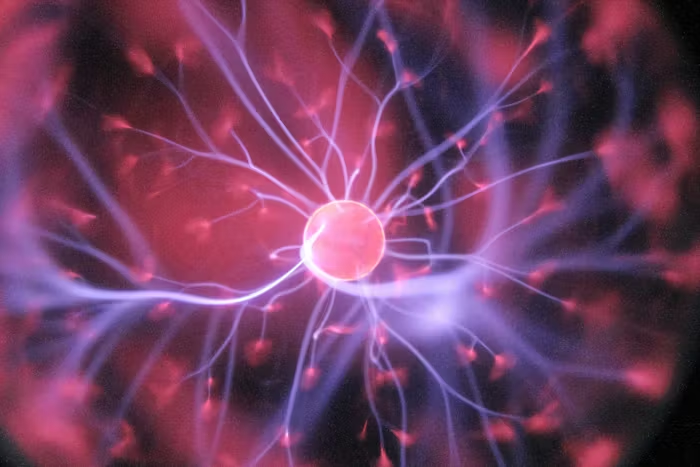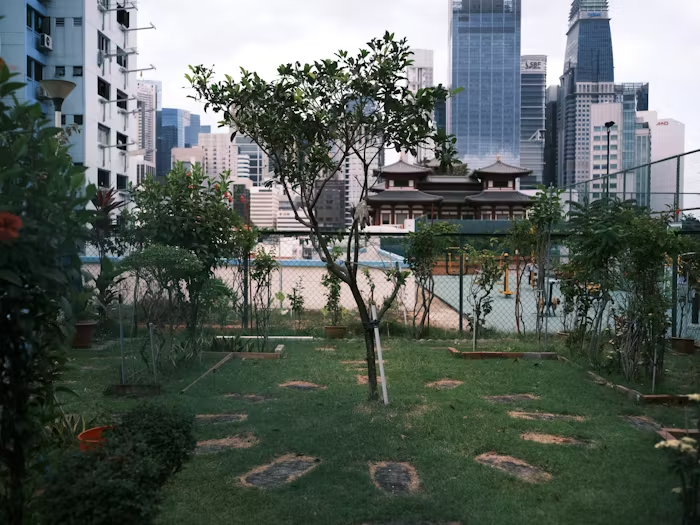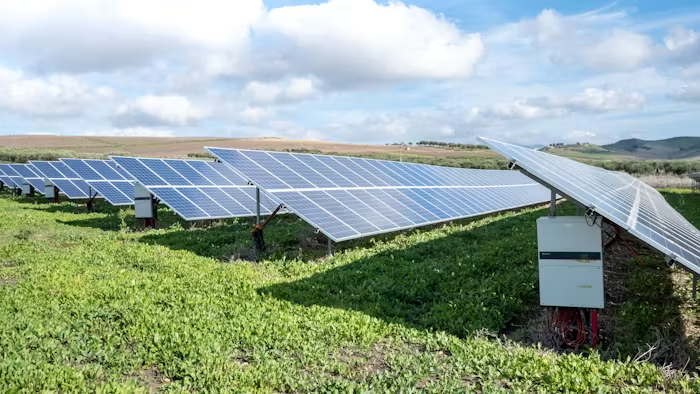Imagine sitting down to work and, within minutes, losing all sense of time as ideas flow effortlessly and productivity soars. That immersive state is known as “flow,” a term coined by psychologist Mihaly Csikszentmihalyi. Far from a mystical experience, flow is a scientifically backed phenomenon that anyone can learn to harness. In this article, we’ll explore the science of flow — what it is, why it matters, and seven practical strategies to get into the zone and maximize your performance and well-being.

What Is Flow?
Flow, often called “being in the zone,” describes a mental state of complete absorption in an activity. When you’re in flow, distractions fade away, self-consciousness diminishes, and your focus narrows to the task at hand. This state delivers peak productivity, heightened creativity, and deep satisfaction. While athletes, musicians, and artists have long described flow experiences, modern neuroscience reveals that flow is a universal human capacity rooted in brain networks that balance challenge and skill.
The Neuroscience Behind Flow
Flow engages multiple brain regions in a harmonious pattern. The prefrontal cortex — responsible for self-monitoring and doubt — becomes temporarily less active, a phenomenon called “transient hypofrontality.” This quieting of the inner critic allows for unhindered creativity. Simultaneously, the brain’s reward circuitry releases dopamine, boosting motivation and reinforcing focus. The result is a neurochemical cocktail that sustains attention and elevates performance. Studies using EEG and fMRI confirm that flow emerges when task demands precisely match skill level, triggering distinct brainwave patterns associated with deep concentration and peak experience.
Conditions That Foster Flow
Csikszentmihalyi identified six key conditions for flow:
- Clear Goals: You must know exactly what you’re trying to achieve.
- Immediate Feedback: Real-time information on your progress helps you adjust and stay engaged.
- Balanced Challenge and Skill: Tasks must stretch your abilities just enough to stay stimulating without causing anxiety.
- Focused Attention: A distraction-free environment is essential.
- Sense of Control: You feel capable of meeting challenges, fostering confidence and autonomy.
- Loss of Self-Consciousness: You become so absorbed that concerns about failure or judgment vanish.
By intentionally designing work sessions around these conditions, you set the stage for flow.
1. Define Crystal-Clear Goals
Flow begins with clarity. Before you start, articulate exactly what success looks like. Instead of “write for an hour,” aim for “draft the introduction and first three bullet points.” Specific goals focus your attention and eliminate ambiguity. Create a brief written objective at the top of your page or project board. Reviewing this goal regularly re-anchors your focus and primes your brain for flow.
2. Create Immediate Feedback Loops
Feedback keeps you on track. In creative work, this might mean using a timer to check your word count or setting measurable milestones. In coding, automated tests provide instant validation. Sales professionals can monitor calls and conversion rates. Whatever your domain, build quick-feedback mechanisms — track metrics, request peer review, or use productivity apps that celebrate small wins. Each data point aligns your efforts with your goals and sustains momentum.
3. Match Challenge to Skill
Flow occurs when tasks are neither too easy (leading to boredom) nor too hard (causing anxiety). Assess your skill level honestly and choose tasks that push you slightly beyond your comfort zone. If you’re learning guitar, practice a riff just above your current ability. If you’re a designer, tackle a layout that requires new techniques. As you master each challenge, gradually up the difficulty. This dynamic balance keeps you engaged and fosters continuous growth.
4. Eliminate Distractions Ruthlessly
Flow thrives in environments free from interruptions. Start by silencing notifications on your phone and computer. Use website-blocking tools to prevent social media detours. Designate physical space — an uncluttered desk or quiet room — where only your focus activity is permitted. Inform colleagues or family members of “focus hours,” setting clear boundaries for when you’re unavailable. Crafting this protective bubble around your work is critical to slipping into the zone.
5. Cultivate a Pre-Flow Ritual
Rituals signal to your brain that it’s time to shift into deep work. Whether it’s brewing a particular tea, listening to a consistent song, or spending two minutes on mindful breathing, choose a reliable pre-work routine. Over time, these cues will trigger your brain’s focus networks, smoothing the transition from scattered thought to concentrated effort. Consistency is key — perform your ritual in the same order and setting each time.
6. Practice Mindfulness and Single-Tasking
Multitasking fragments attention and sabotages flow. Instead, embrace single-tasking: commit fully to one activity before moving on. Pair this with brief mindfulness exercises — close your eyes, take three slow breaths, and gently release tension. This practice roots you in the present moment and diminishes intrusive thoughts. Studies show that even short mindfulness sessions enhance concentration and accelerate entry into flow.
7. Use Time Blocking and Deep-Work Sessions
Schedule dedicated deep-work periods — blocks of 60 to 90 minutes where you focus exclusively on a single task. Outside these windows, handle shallow work like email or administrative tasks. Using a calendar or digital planner, reserve these slots in advance and protect them zealously. Periodic breaks between blocks — stand, stretch, or gaze out the window — reset your mind and prepare you for the next bout of flow.
Overcoming Common Barriers
Despite your best efforts, obstacles can arise:
- Perfectionism: Waiting for ideal conditions stalls flow. Accept that your first draft or initial iteration doesn’t need to be flawless — iterative refinement can follow.
- Mental Fatigue: Cognitive resources deplete over time. Aim for shorter, high-intensity flow sessions earlier in the day, and replenish through sleep, nutrition, and physical movement.
- Lack of Motivation: When tasks feel meaningless, flow remains elusive. Reconnect with your “why” — the personal or professional purpose driving your work — and adjust your approach to amplify intrinsic motivation.
The Transformative Benefits of Flow
Entering flow isn’t just about productivity. It provides deep satisfaction, reduces stress, and fosters creativity. Flow experiences correlate with increased well-being and job satisfaction, as individuals feel more capable, inspired, and connected to their work. Over months and years, cultivating flow rituals can lead to accelerated skill development, enhanced performance, and a more fulfilling career and personal life.
The science of flow reveals that peak performance and profound enjoyment arise from structured conditions: clear goals, immediate feedback, balanced challenges, distraction-free focus, and supportive rituals. By defining precise objectives, crafting feedback loops, matching task difficulty to your abilities, eliminating disruptions, and adopting mindfulness and time-blocking techniques, you can reliably slip into the zone. Overcoming perfectionism and fatigue ensures that your efforts remain sustainable, while the countless benefits — heightened productivity, deep satisfaction, and boosted creativity — make the journey worthwhile.
Start today by selecting a single project and applying these seven steps. Notice how your mind sharpens, tasks become more gratifying, and time seems to stretch. As you build your personal flow toolkit, you’ll unlock new levels of achievement and well-being. Embrace the art and science of flow, and discover the transformative power of getting into the zone — every single day.










